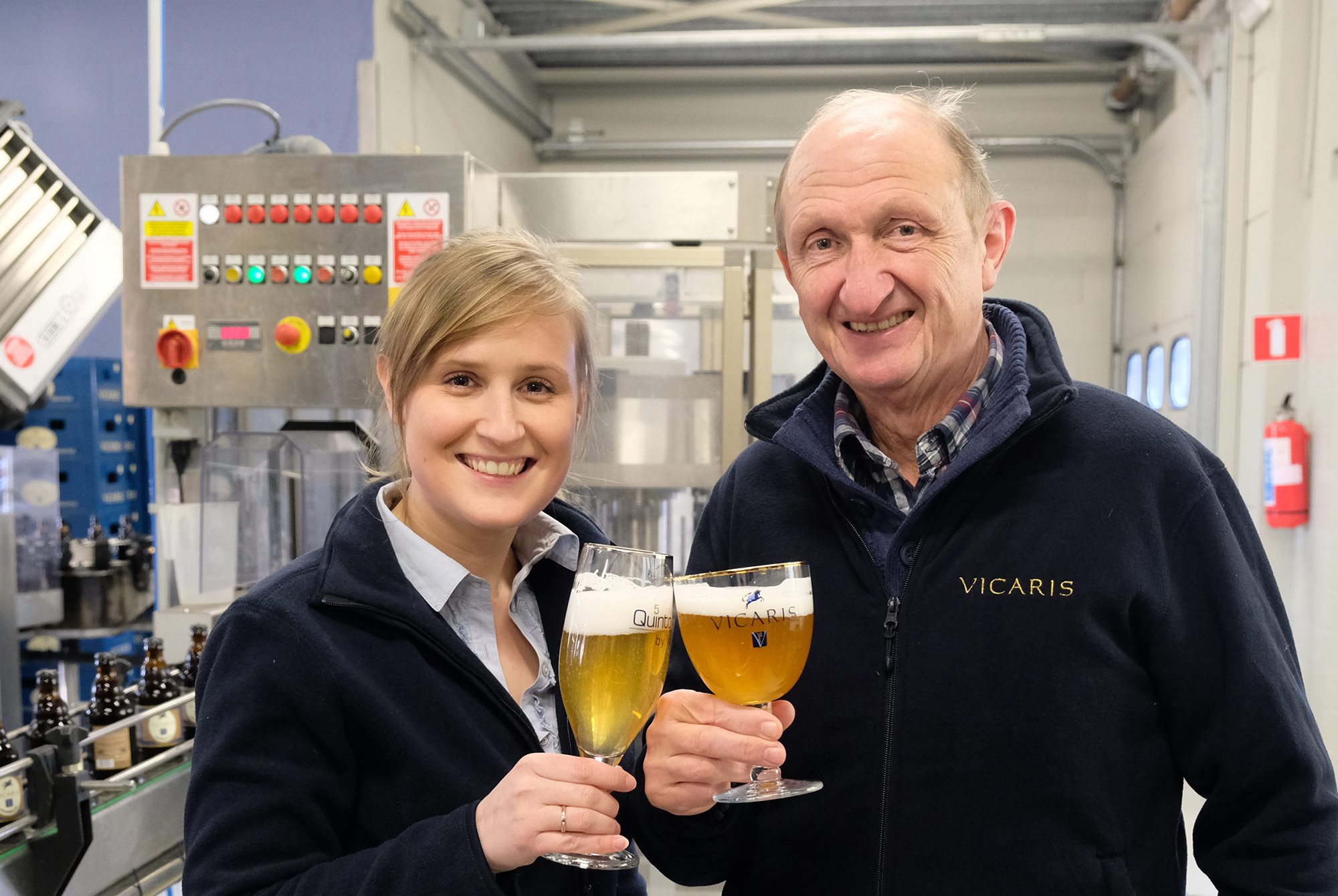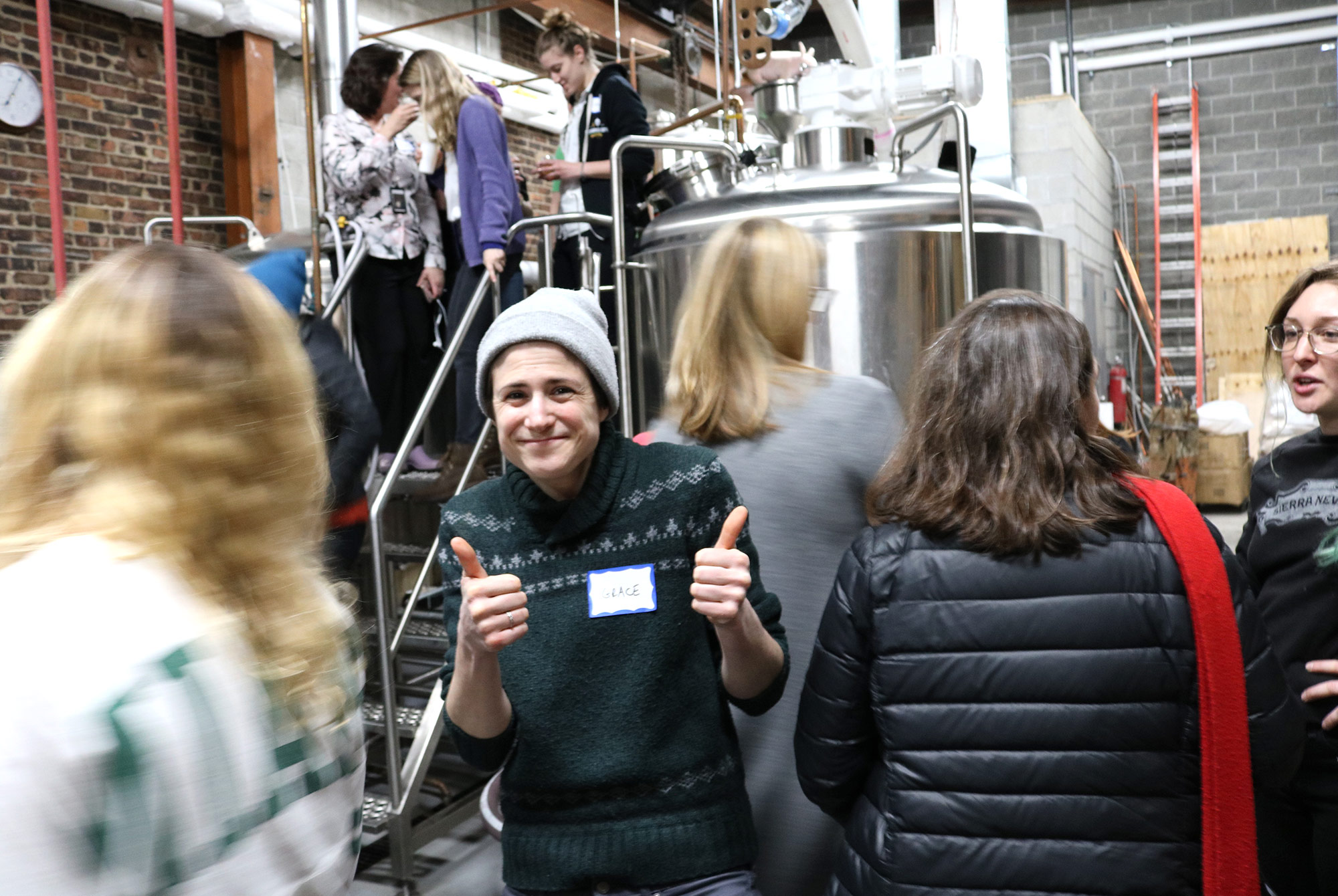Shop
The Changing Gender Dynamics of Belgian Beer
Fighting for gender equality at home and abroad.
The stereotype that beer is a man’s drink persists across the globe, and smashing it is an important step for a more equal industry. Belgium and the United States, however, seem to approach that fight from different perspectives.
Belgium — and Europe, in general — seem to embrace the view that beer is for men.
“Beer is still seen as a man’s drink,” says Claire Dilewyns of Brouwerij Dilewyns in East Flanders, Belgium. “A lot of women stick to the cliché that they don’t like beer, or it must be a fruit beer.”
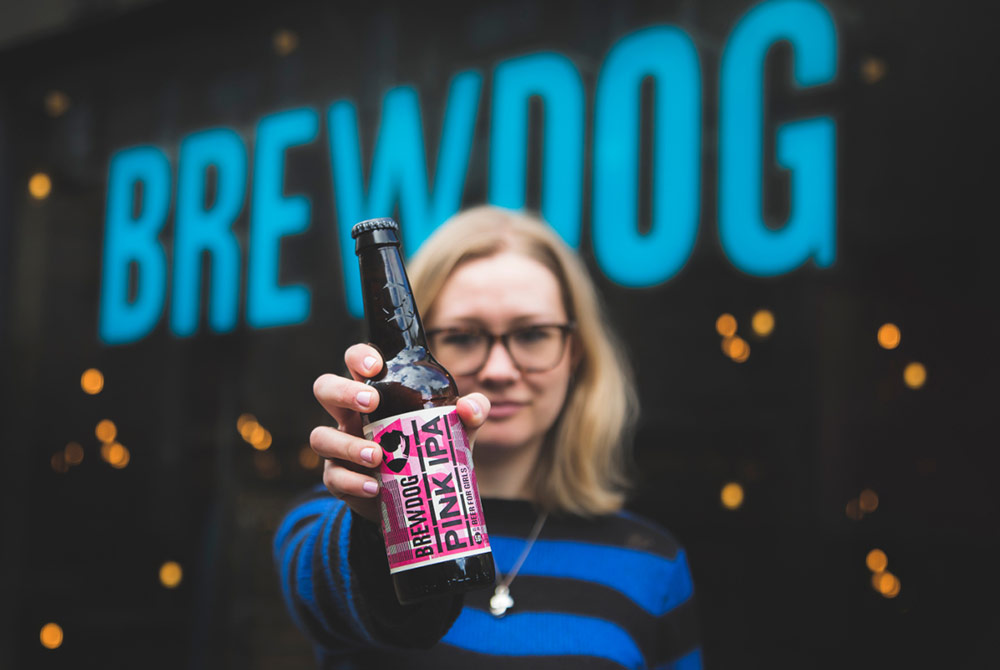
Photo by BrewDog
Because of this view, European solutions to the issue tend to use marketing tactics in order to reach more women and get them interested in brews. For example, on the eve of International Women’s Day, 2015, Belgium celebrated Apero Nationale. Organized by Belgium’s Brewers Federation, the event gave free beer to women across the country. Then there was an initiative by Prague-based brewery Aurosa, which launched “#beerforher” last summer. More recently, Brewdog caused a stir on social media with its Pink IPA, which is wrapped in pink and labeled “for girls.” The brewery intended to take aim at misguided pandering like Aurosa’s, and donated 20% of the Pink IPA’s sales (as well as that of Punk IPA) to charities that support women. However, many felt that the joke wasn’t funny and that Brewdog was just feeding the condescension machine.
“Where the problem lies is assuming that gender has any impact on an individual’s personal taste preference,” says Annie Rainey, brewer at US-based 21st Amendment Brewery in San Francisco. “There are absolutely ways of respectfully acknowledging that you want female beer drinkers to be your customers, and they don’t include ‘pinkifying.’”
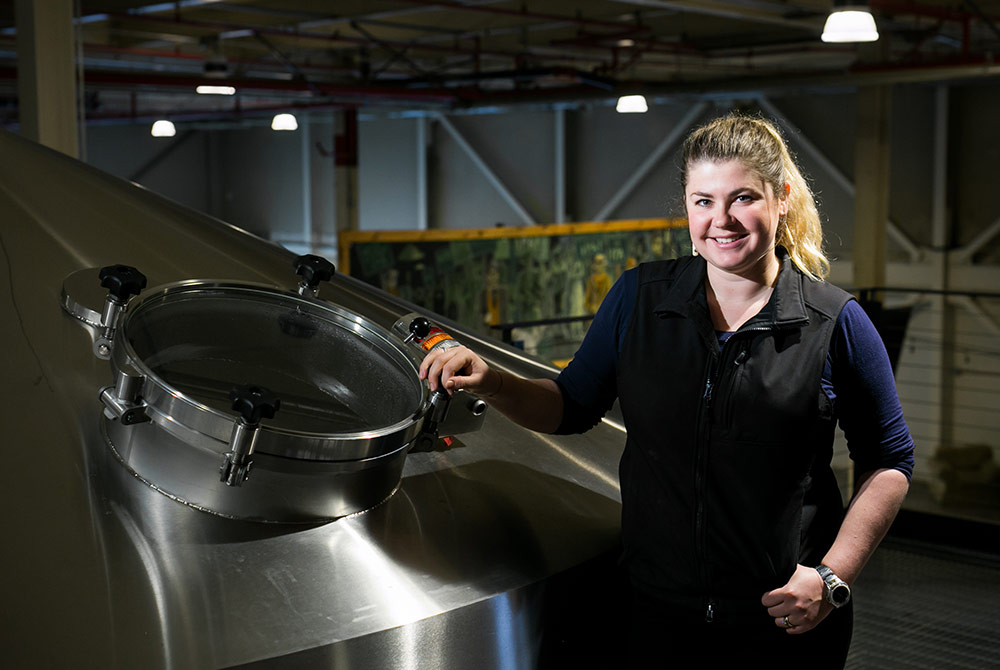
Annie Rainey
“We shouldn’t be pandering to women, like, ‘We made this pink and with glitter and high heels on the outside!’” says Audrey Ragle, a quality lab technician at Kane Brewing Company in Ocean, New Jersey. “That’s lazy and patronizing, to think women have to have some special thing, some gimmick to enjoy beer. It’s hard to talk about this without minimizing people to gender stereotypes, but this just isn’t the right approach to getting women into beer. Make sure your product is good; it doesn’t need to be for men or women.”
The need to simply market beer to humans is underlined by the even more problematic flipside to utilizing female stereotypes: utilizing male stereotypes. Misogyny is a byproduct of beer brands giving the old “boy’s club” wink to their assumed mostly-male customer base through social media, ads, and labels. It’s a persistent — if, thankfully, shrinking — trend in both Europe and the U.S. This February, British beer bloggers Boak & Bailey wondered why Belgium’s Cantillon gets away with its label for the Rosé de Gambrinus. Then there were those tone-deaf tweets from the Arrogant Bastard account that promoted rape culture.
The attitudes perpetuated by this marketing work their way into the taproom via customers’ biases toward female brewery employees. It’s an issue easier to spot in the U.S. because of how much more common it is for breweries to have taprooms.
“Once I was pouring a cask ale I had brewed at an event, and a ‘gentleman’ told me my beer would go down smoother if I smiled a little more,” Rainey recalls. “Or once, when pouring at a festival with my husband (who looks like a stereotypical brewer; think big beard, lumberjack) customers would get a pint from me, but then turn to him to ask for more details about the beer.”
Rainey notes that customer-facing situations are the only times she’s ever experienced any odd reactions to her being a professional brewer, and Ragle agrees that most of her negative experiences have been in the tap room as opposed to the brewery, too.
“I started in the tap room, and I experienced a lot less positive reactions with men at that stage. Even women sometimes — they might say something cutting when you’re serving them, even if they don’t realize how cutting.”
For the most part, breweries have evolved faster than the beer-drinking public in their views, and the US seems to have changed more quickly than Europe. Although the United States is a younger country with a younger beer scene, it’s proven keen on making up for lost time. Whereas Belgium set the bar for brews, the U.S. has set the bar for pushing boundaries.
“The folks involved in the beer world are some of the kindest, most generous, unassuming and welcoming people I’ve ever known, which is a huge part of why I love working in this industry,” says Rainey. “Breweries at have sponsored my education, memberships to brewers’ associations, invited me to technical conferences, and generally encouraged me in all my endeavors.”
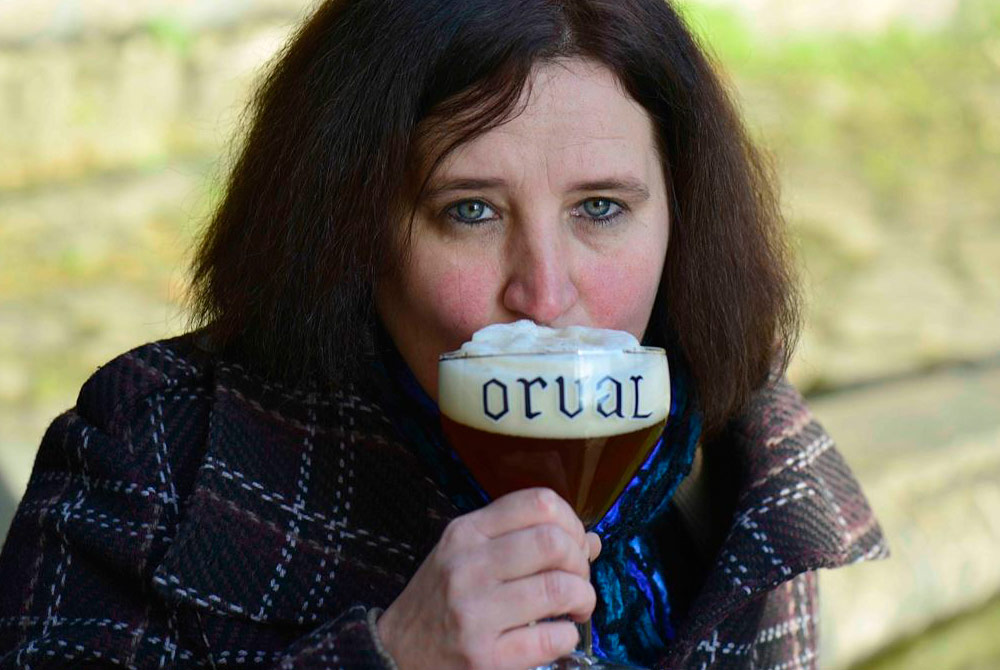
Anne-Francoise Pypaert
But things in Europe, while more complicated, are changing. Anne-Francoise Pypaert made history by becoming the first female Trappist brewmaster, at Brasserie d’Orval, a Trappist brewery in Belgium. Although she says that she has never personally experienced discrimination based on her sex, she admits that, “The big difference is that we must be better than men to be respected.” While this observation sounds like a serious issue for the Belgian beer industry, it relates back to the country’s tradition of beer being made by monks.
“Since the Middle Ages, the monks were men of science and they have always been at the forefront of technology,” Pypaert explains. “Women that become brewers in the Trappist world must reach that precedent of expertise. Additionally, some Trappist breweries are very small and the proximity between women and monks in a small environment can be considered a problem.”
Even with rules and traditions to navigate, Belgium is making strides. Since Pypaert became the country’s first female Trappist brewmaster, Dilewyns took the reins at Brouwerij Dilewyns with her sister, Anne-Cathérine, who is now working as a consultant in the industry. An De Ryck has been at the helm of Brouwerij De Ryck for over a decade, with daughter Miek next in the line of succession. Annik Desplenter founded Ghent’s Stadsbrouwerij Gruut in 2009, and Nathalie Eloir runs Abbaye des Rocs, established by her mother and father, with her partner, Georges Levecq.
Pypaert cites increased automation in brewing systems as an important leveler of the playing field — they make outdated assumptions that women aren’t strong enough for certain tasks become irrelevant. Like Dilewyns, Pypaert sees a present and future where there’s no reason that women as brewers would be anything but normal.
In the U.S., Ragle echoes Pypaert’s optimism.
“When I started five years ago, I couldn’t name the other women in the New Jersey beer scene,” she says. “It’s becoming so much more robust. The industry’s getting bigger and making its way to more of an audience.”
Ragle specifically cites organizations like the Pink Boots Society for increasing the amount of women working in breweries, thanks to its networking opportunities, scholarships, and support. Things aren’t perfect, but they’re certainly improving.
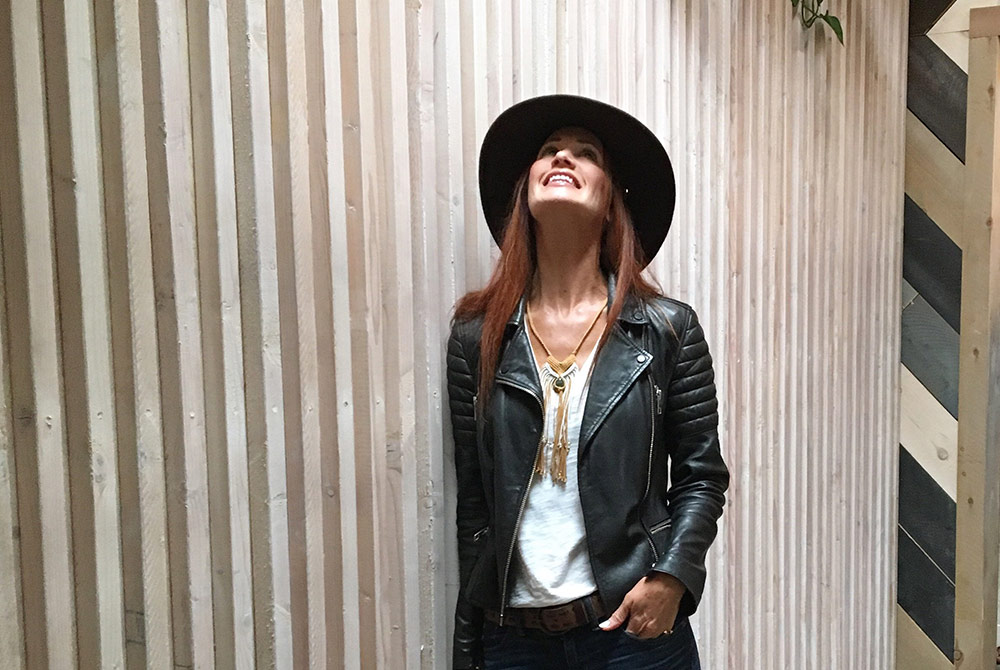
Kristine Baker
“I started the Women’s Craft Beer Collective five years ago, and when I would first approach a brewery, their main objective was for me to facilitate bringing in more women,” says Kristine Baker, founder of the San Diego-based group that unites women in the craft beer scene. “I just recently realized: that isn’t even brought up anymore.”
Like Dilewyns in Belgium and Ragle and Rainey in the U.S., Baker has seen the beer arena grow to so naturally include women as both consumers and workers, that gender almost doesn’t have to be discussed anymore — emphasis on “almost.”
“I hope that we will continue to see more women in leadership, brewmaster and owner positions in the industry,” Rainey says. “The number of women in top positions in the brewing world is still very low, but the number of females obtaining high-level brewing qualifications is growing. Fingers crossed, in a few years we will be seeing more women at the top.”

